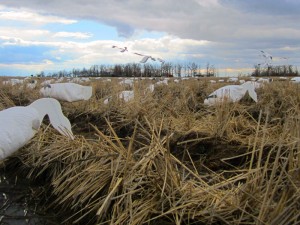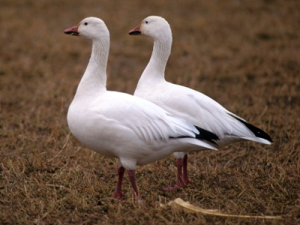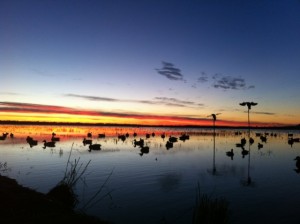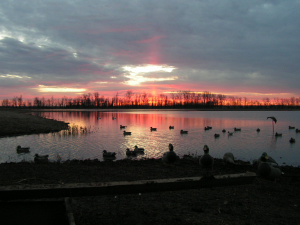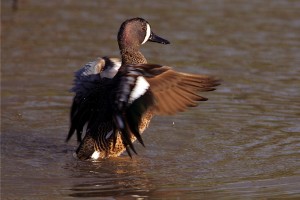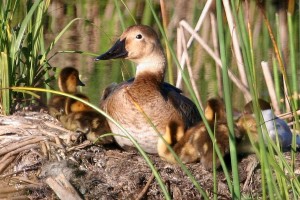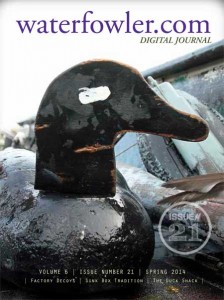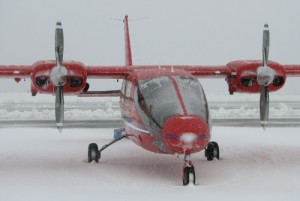
June 5th 2014, Churchill, Manitoba. Survey Crew grounded from snow!
While it seems summer arrived early to southern portions of the U.S., spring temperatures arrived very late in the northern states and fishing is barely underway for many off-season hunters above the Mason-Dixon line. Not surprisingly, the further north one travels, the more prevalent these weather oddities become.
If you have been following the survey pilot reports at FLYWAYS.US , you’ll have noticed that spring has consistently arrived very late to most of the major breeding and survey areas. On June 5th, the survey team for Northeast Manitoba was grounded by a snowstorm in Churchill – the Polar Bear Capital of the World.
Each year, biologists provide real-time reporting during the annual waterfowl survey. Waterfowl hunters can monitor the breeding conditions and bird counts for areas that supply them with ducks and geese during the fall migration and experience the visual wonders of these remote habitats that are so vital to the continuation of our sport.
Aerial and ground crews from coast to coast provide an up-close and personal report for the most extensive wildlife survey in existence. The data they collect is used to determine the season length and bag limits for both the U.S and Canada. The final survey results are published each July in the Annual Waterfowl and Breeding and Habitat Survey – where the compiled results set the framework for each flyway and the parameters in which individual states can propose their seasons.
In addition to the data and reports, crew-members provide a personal perspective on their historical knowledge of survey areas and a clear picture of the trials, tribulations and dangers of the job. Whether you a hardcore duck geek or weekend waterfowl hunter, we are confident you will find the reports of interest and worth the time spent reading them.
Continue reading





